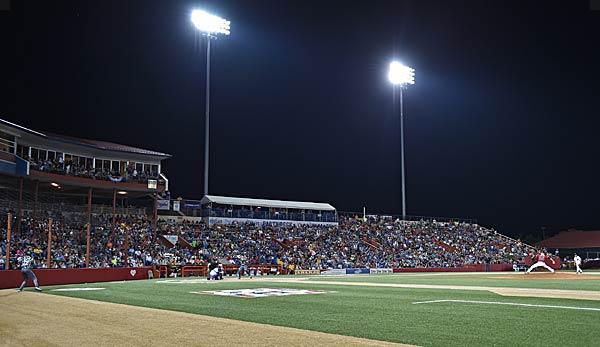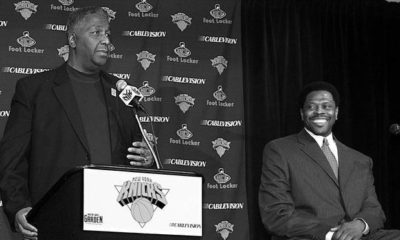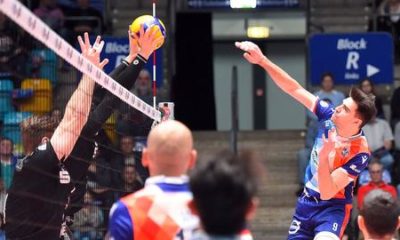US-Sport
MLB: Minor League Baseball adopts new Pace-of-Play rules
After the MLB had already adopted new pace-of-play rules weeks ago, Minor League Baseball followed suit – sometimes with even more drastic adjustments. The innovations were decided in partnership with the MLB.
The main focus is on changes to shorten games that are decided in Extra Innings. The main reason for the measures is to reduce the number of pitcher that would be used in such cases.
“We believe that these changes for the Extra Innings will improve fans’ enjoyment of the game and that fans will look forward to it when the game is even in the end,”said Minor League Baseball President Pat O’ Conner.
Specifically, from the tenth inning on in all levels of the Minor Leagues, each team with a runner on the second base will hit the shot. The runner automatically becomes the player next to the player who will beat next. However, this player can also be replaced by a Pinch Runner.
In addition, the Mound Visits were also limited in the Minors. However, there are gradations depending on the level. At triple-A level, as in the MLB, only six mound visits are permitted without a pitcher replacement. In Double-A there are eight and in Single-A even ten. However, there will be no limitations for the short-season leagues and rookie ball.
Limits only for games that have seven or nine innings. If there are extra innings, one Mound Visit per inning is allowed without pitcher changes.
A pitch clock will also be used. In Double- and Triple-A, pitcher now only have 15 seconds to perform a pitch without runners on Base. However, he does not necessarily have to throw the ball during this time, but he must have started his pitching movement or at least taken up the position for pitching.
For runners on Base, the time increases to 20 seconds. The timer starts as soon as the pitcher is in possession of the ball and on the mouth. At the same time the catcher has to be in the Catcher’s Box and the HItter has to be in the dirt circle around the home plate. However, if the pitcher rises from the rubber or throws a pick off, the clock then restarts.
If either the pitcher or hitter violates this time limit, either a ball (pitcher) or a strike (hitter) is added to the count.
In order to give players time to settle in, the first 15 days of the season are considered a grace period. During this time, the Umpire only issues warnings, after which the rule is applied in its entirety.
This article was published without prior view by the Major League Baseball.


















You must be logged in to post a comment Login